What Emerging Technologies Are Revolutionizing Structural Engineering?
Structural engineering is undergoing a major transformation thanks to emerging technologies that are changing how buildings are designed, tested, and built. With a growing demand for safer, more sustainable, and more cost-effective structures, engineers are embracing cutting-edge tools to meet modern challenges. According to AZO Build, in 2025, AR and VR will become crucial tools for project management, training, and client presentations, drastically reducing design errors and improving project outcomes. As these innovations become more integrated into the industry, the possibilities for the future of structural engineering are expanding rapidly.
Artificial Intelligence and Machine Learning
AI and machine learning are becoming essential components in the world of structural engineering. These technologies allow engineers to analyze vast datasets and identify patterns that would be difficult to detect manually. This leads to smarter, faster decision-making during both the design and construction phases. For example, AI can be used to predict the behavior of materials under stress, helping engineers design safer structures and reduce risk in complex builds.
AR and VR for Visualization and Training
Augmented reality (AR) and virtual reality (VR) are becoming powerful tools in structural engineering. As AZO Build reports, these technologies will soon play a critical role in project management and client presentations. Engineers and architects can now create immersive 3D models that allow clients and stakeholders to "walk through" a building before it's constructed. This reduces design errors, improves communication between teams, and ensures everyone is aligned on the project vision from the start.
3D Printing in Construction
3D printing is no longer limited to small-scale models. In structural engineering, it's being used to print concrete components and even full-scale structures. This innovation allows for greater design flexibility, less material waste, and faster construction timelines. As 3D printing technology continues to advance, it will likely become a key tool in streamlining structural design and production processes.
Building Information Modeling (BIM)
BIM remains one of the most significant advancements in modern structural engineering. This digital modeling process allows for better coordination between disciplines, real-time updates, and conflict detection before construction even begins. BIM makes it easier for engineers, architects, and contractors to collaborate efficiently, saving time and reducing costs throughout the project lifecycle.
At Jezerinac Geers & Associates, Inc, we continue to stay ahead of the curve by integrating these emerging technologies into our structural engineering work, helping deliver innovative, reliable solutions for today’s complex projects. Reach out to our team today to get started with our services. We look forward to working with you soon!

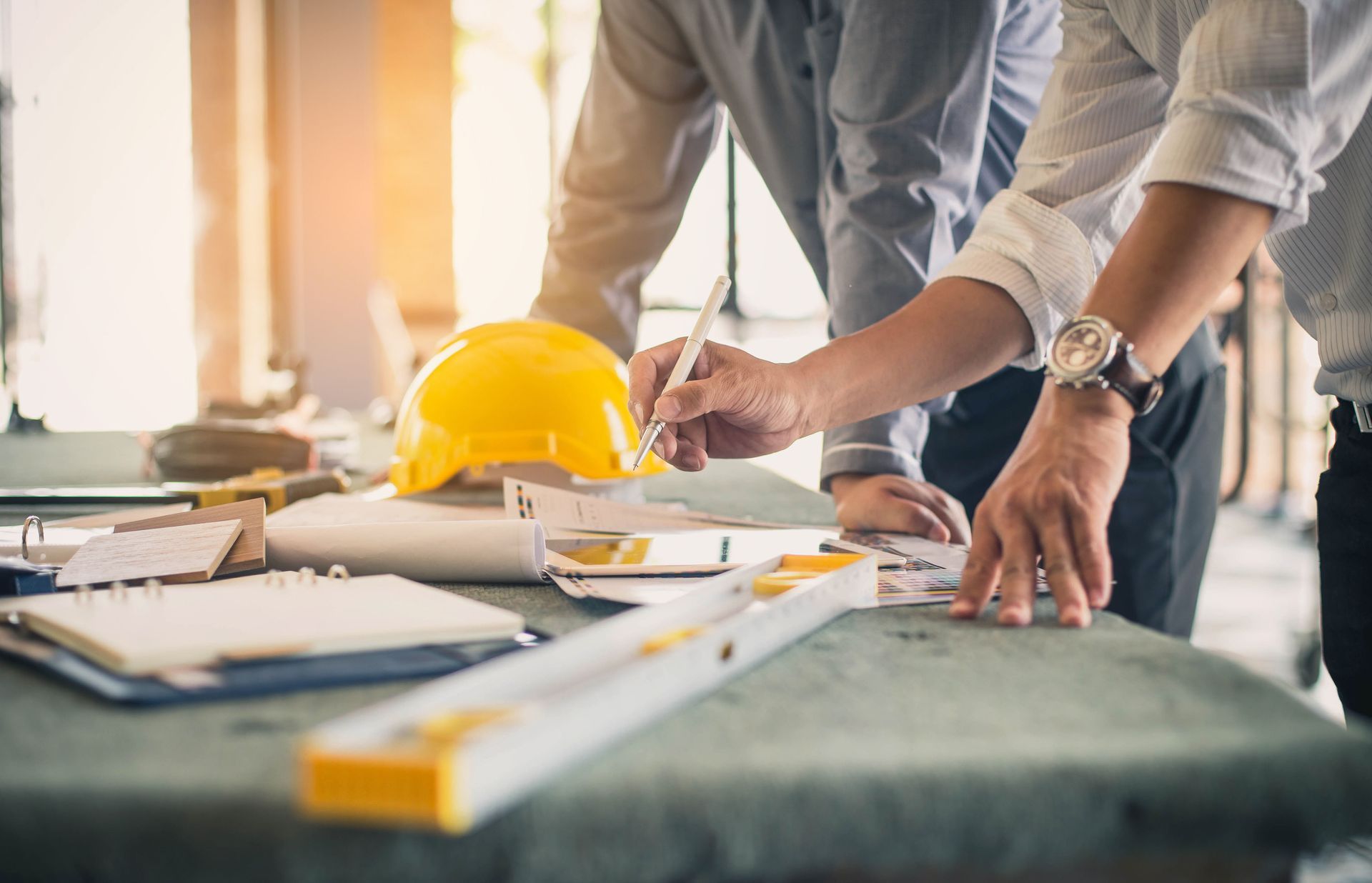
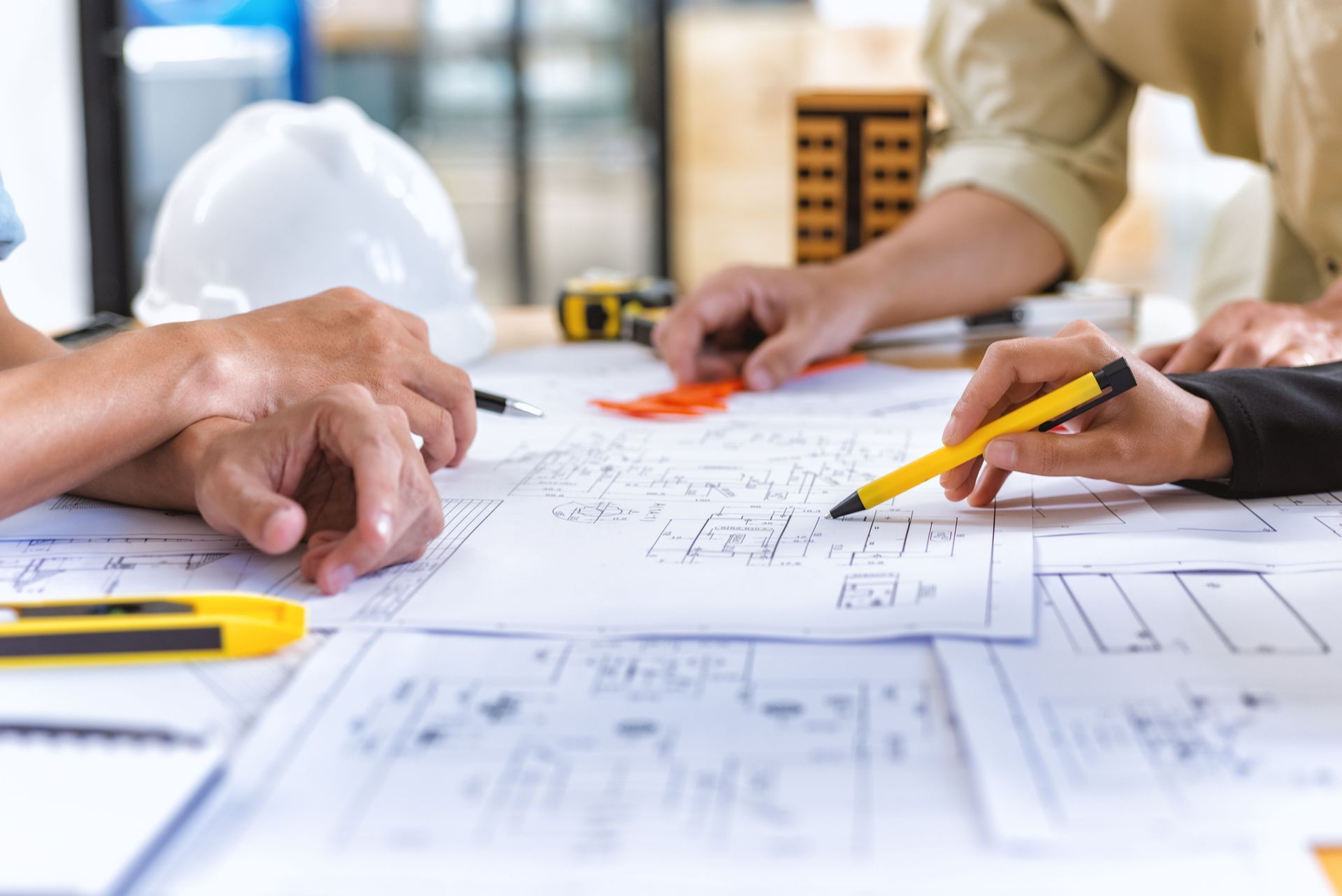

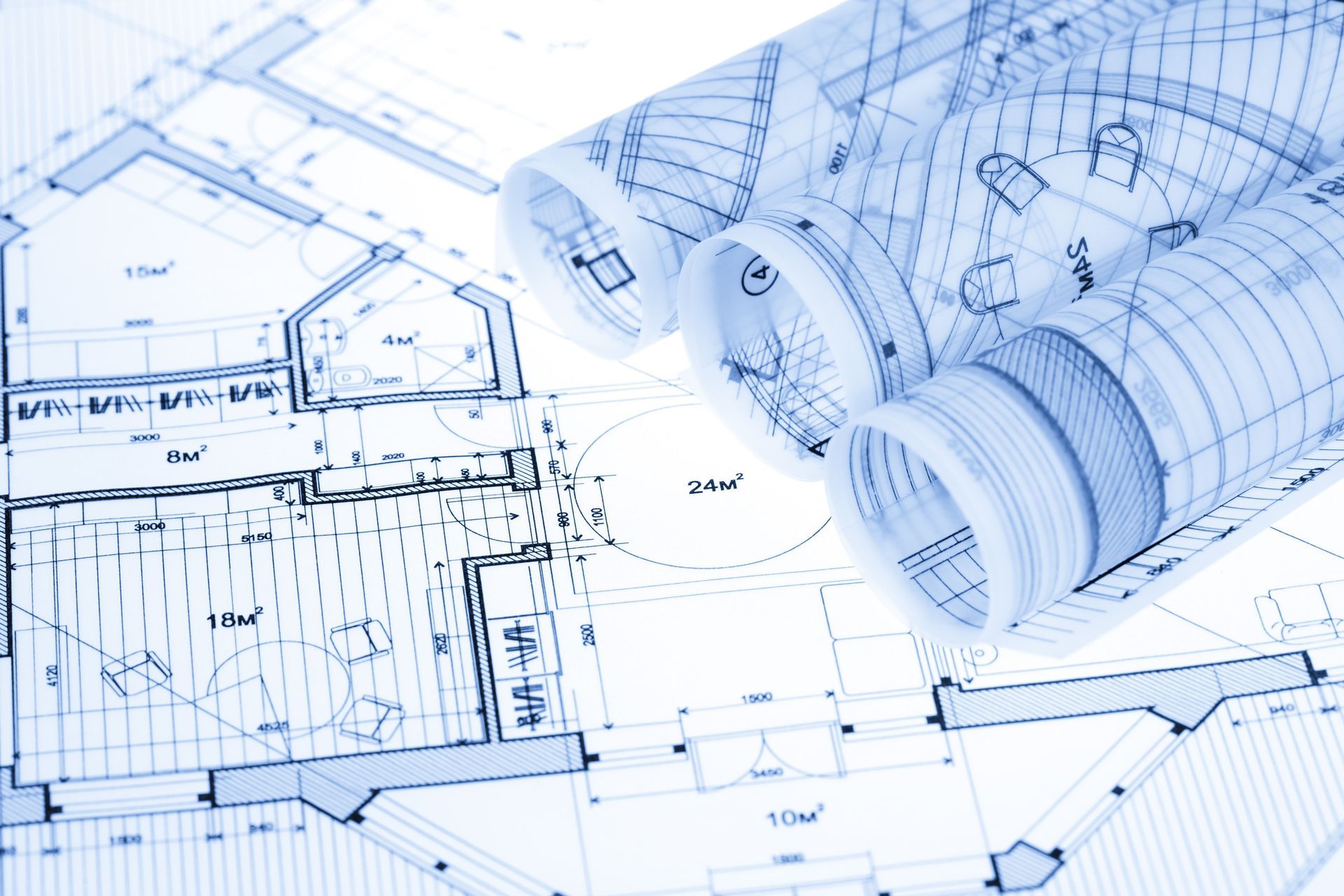
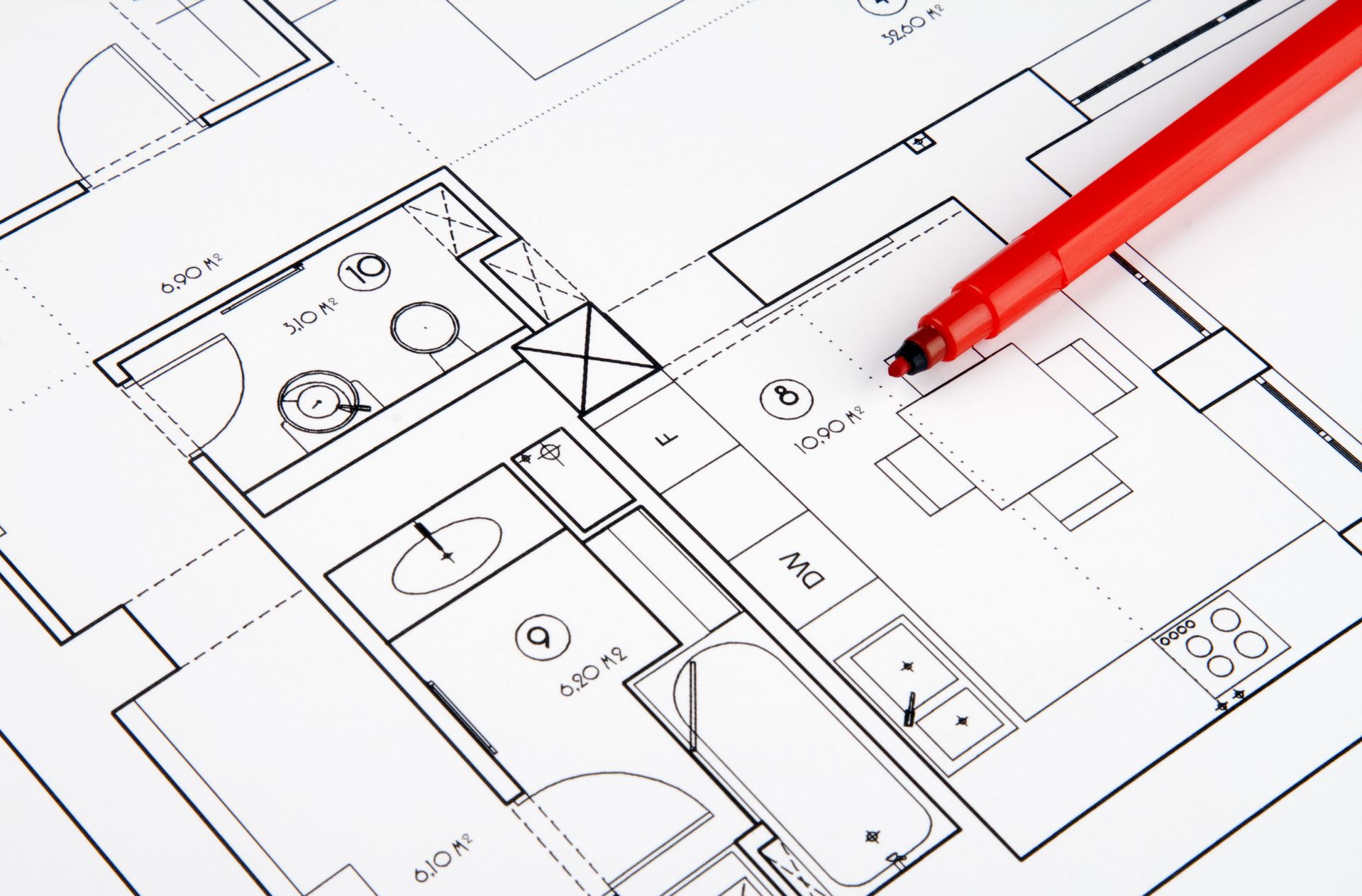



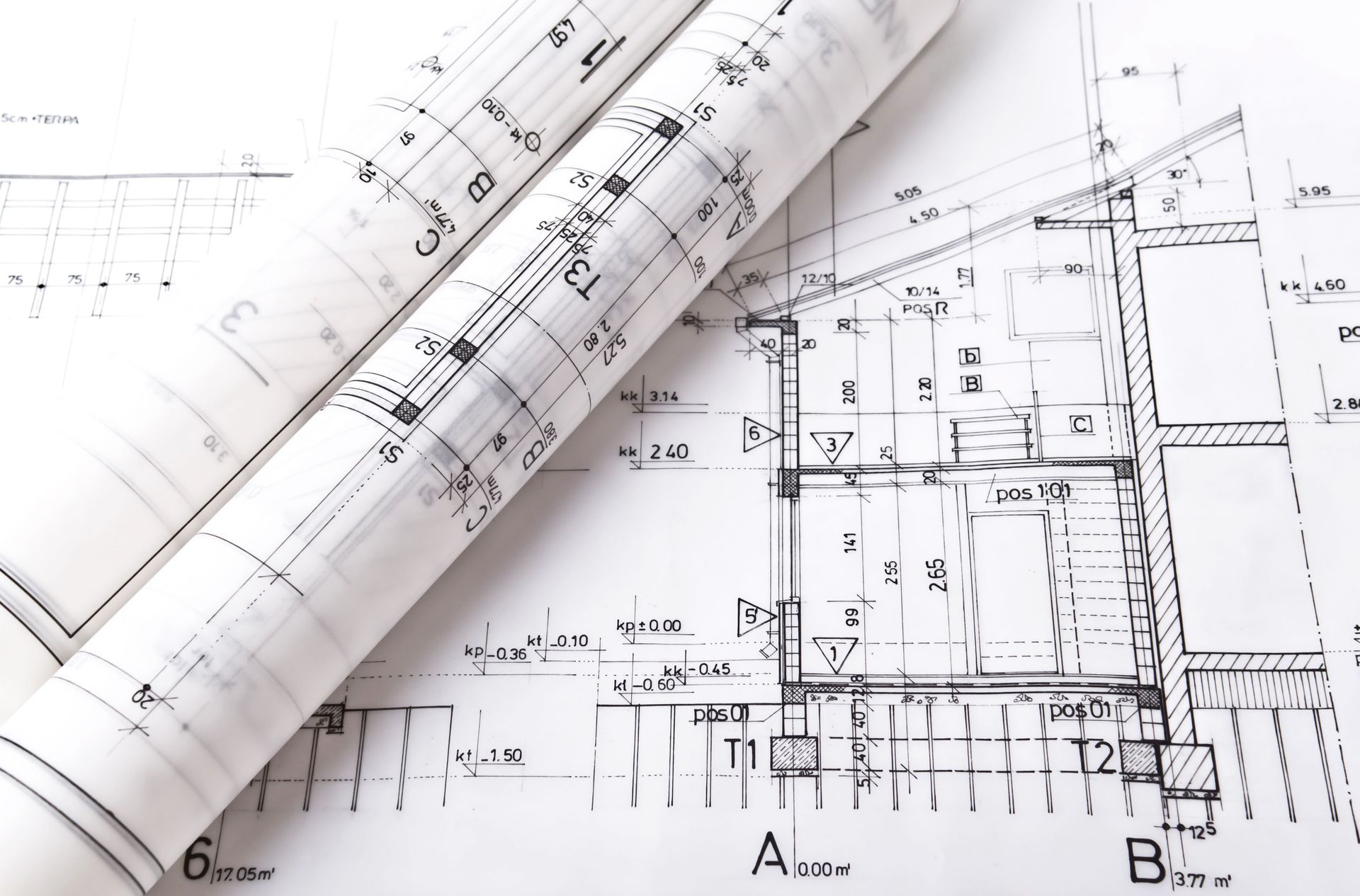
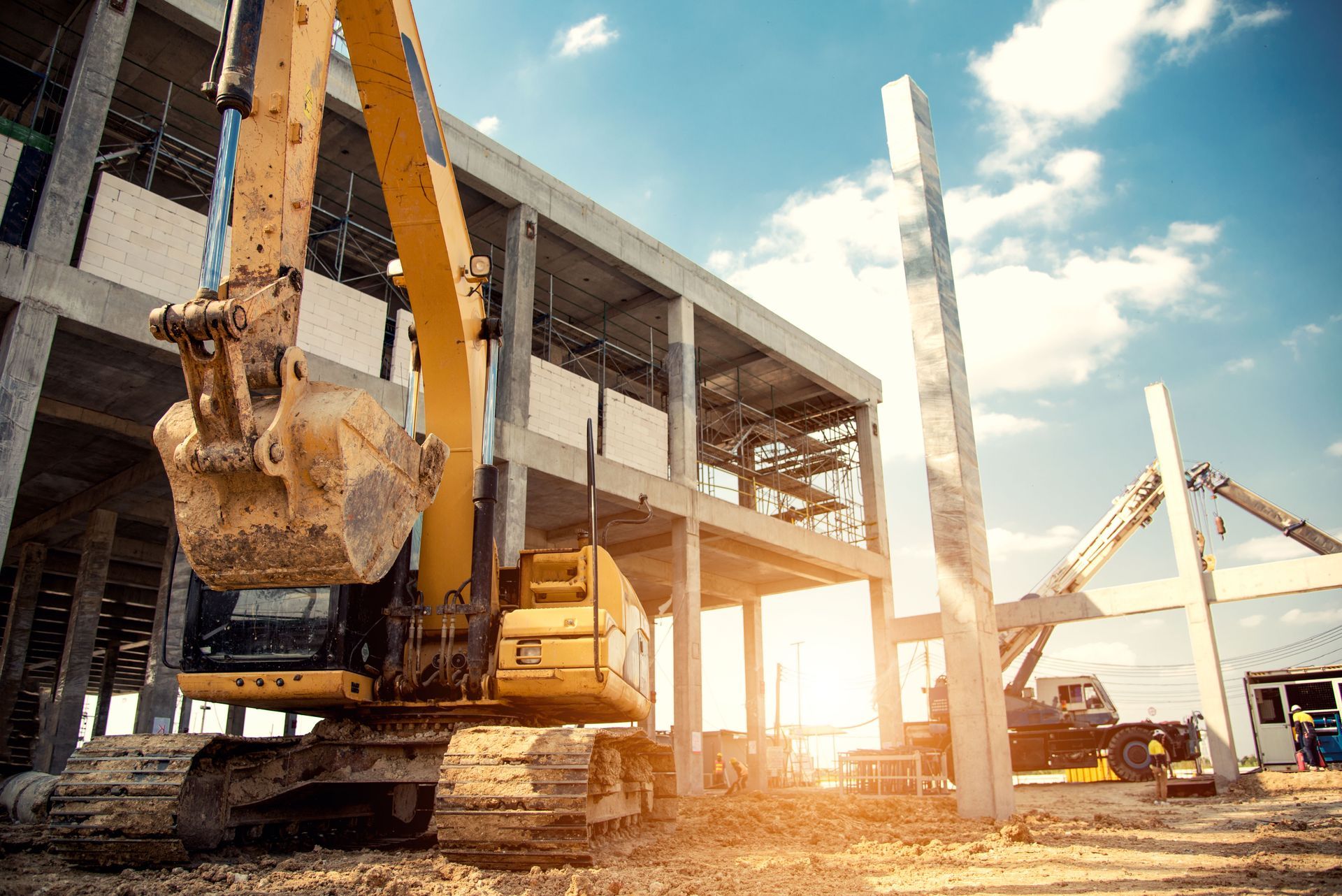
Share On: